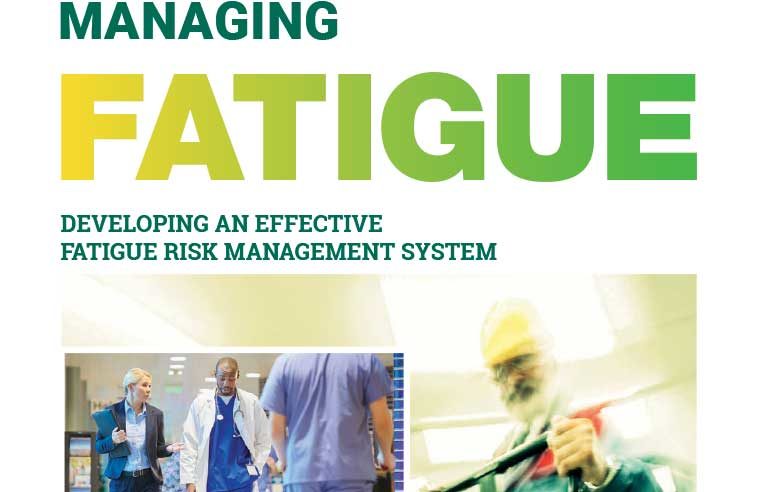NSC to employers: Address worker fatigue

Itasca, IL — Ninety percent of America’s employers have been negatively impacted by tired employees, and 43 percent of employees admit they may be too tired to function safely at work, according to National Safety Council research.
Fatigue is becoming an increasingly common workplace hazard, according to the council, which is calling on employers to implement fatigue risk management systems to help prevent the roughly 13 percent of workplace injuries attributable to sleep problems.
NSC has outlined key elements of a fatigue risk management system in its new paper, Managing Fatigue: Developing an Effective Fatigue Risk Management System.
Another report from the Campbell Institute at NSC details results from a pilot study that assessed worker fatigue and effective countermeasures among world-class safety organizations. In Understanding Fatigue Risk: Assessment and Countermeasures, the Campbell Institute identifies a persistent gap between how employers and workers view fatigue and makes the case for changing culture to enhance safety.
“In our 24/7 world, too many employees are running on empty,” Emily Whitcomb, senior program manager for fatigue initiatives at NSC, said in a Feb. 20 press release. “Employees are an organization’s greatest asset, and addressing fatigue in workplaces will help eliminate preventable deaths and injuries.”
Workplace practices and policies that contribute to worker fatigue include working night shifts and overtime, a lack of time off between shifts, and inadequate rest areas within the workplace for employees to take breaks.
Learn more about workplace fatigue at nsc.org/fatigue.

